Such credentials in the wrong hands could be dangerous, experts say, potentially allowing physical access to data centers. The affected data center operators say the stolen information didn’t pose risks for customer IT systems.


A prime target in the search for extraterrestrial life is Europa, a moon of Jupiter that’s covered with a sheet of salty ice. But what kind of salt is there? Researchers say they’ve created a new kind of salt crystal that could fill the bill, and perhaps raise hopes for finding life under the ice.
This salt crystal is both exotic and common: It’s actually table salt — also known as sodium chloride, with the chemical formula NaCl — but bound up with water molecules to form a hydrate that doesn’t exist naturally on Earth.
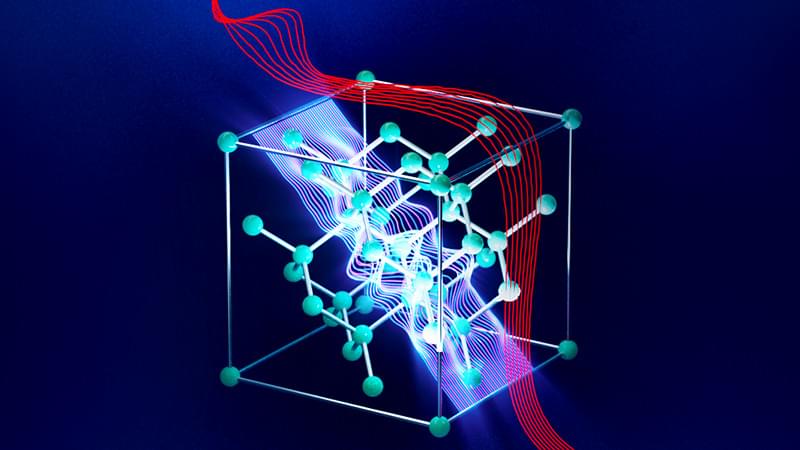
Researchers at Purdue University have discovered new waves with picometer-scale spatial variations of electromagnetic fields which can propagate in semiconductors like silicon. The research team, led by Dr. Zubin Jacob, Elmore Associate Professor of Electrical and Computer Engineering and Department of Physics and Astronomy (courtesy) published their findings in APS Physics Review Applied in a paper titled, “Picophotonics: Anomalous Atomistic Waves in Silicon.”
“The word microscopic has its origins in the length scale of a micron which is a million times smaller than a meter. Our work is for light matter interaction within the picoscopic regime which is far smaller, where the discrete arrangement of atomic lattices changes light’s properties in surprising ways.” says Jacob.
These intriguing findings demonstrate that natural media host a variety of rich light-matter interaction phenomena at the atomistic level. The use of picophotonic waves in semiconducting materials may lead researchers to design new, functional optical devices, allowing for applications in quantum technologies.
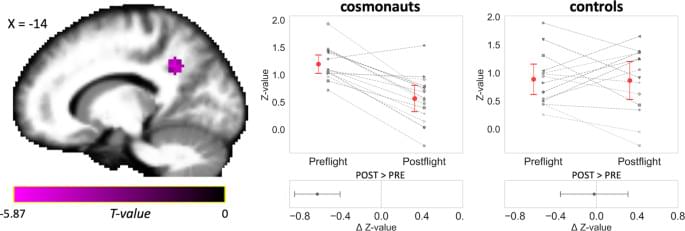
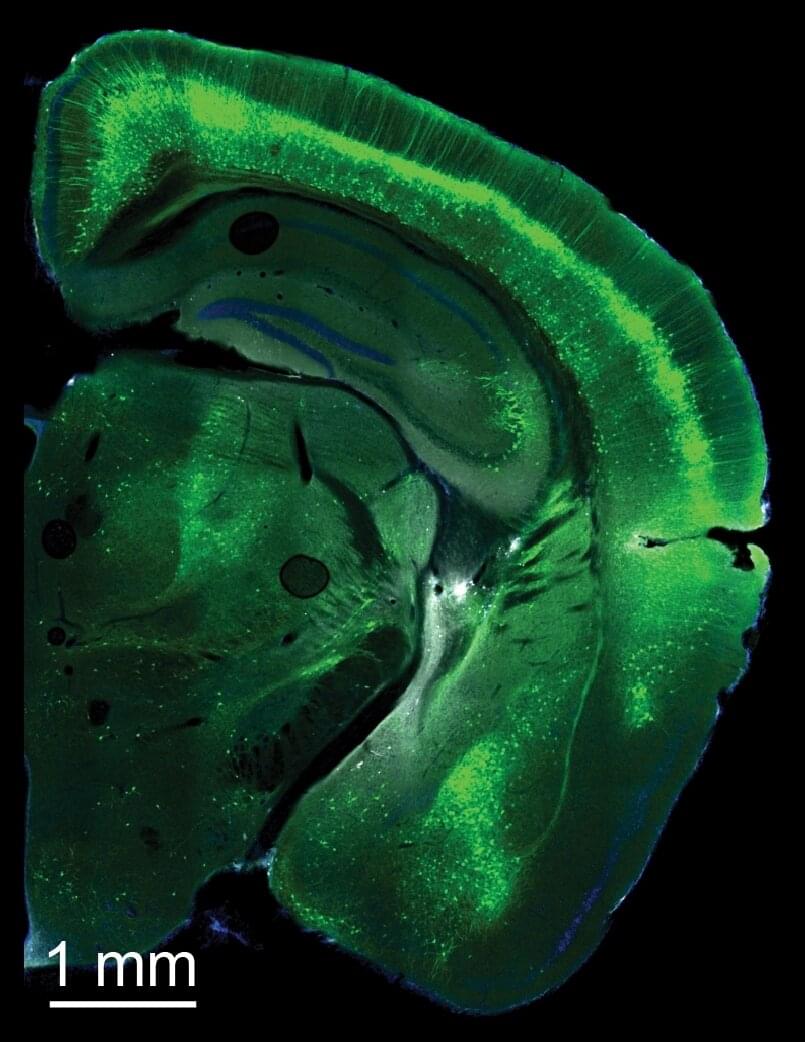
The outer layer of the brain, known as the cortex, is made of different types of neurons. Neuroscience studies suggest that these different neuron types have distinct functions, yet for a long time this was difficult to ascertain, due to the inability to examine and manipulate them in the brains of living beings.
In recent years, genetic techniques opened new possibilities for studying cells and their functions. Using some of these techniques, researchers at Forschungszentrum Jülich, RWTH Aachen University, Cold Spring Harbor Laboratory and other institutes in the United States closely examined the functions of different pyramidal cells, which are commonly found in the human cortex.
Their findings, published in Nature Neuroscience, suggest that distinct types of pyramidal cells drive patterns of cortical activity associated with different brain functions. The team’s study builds on some of their previous works focusing on neuronal activity in the cortex.
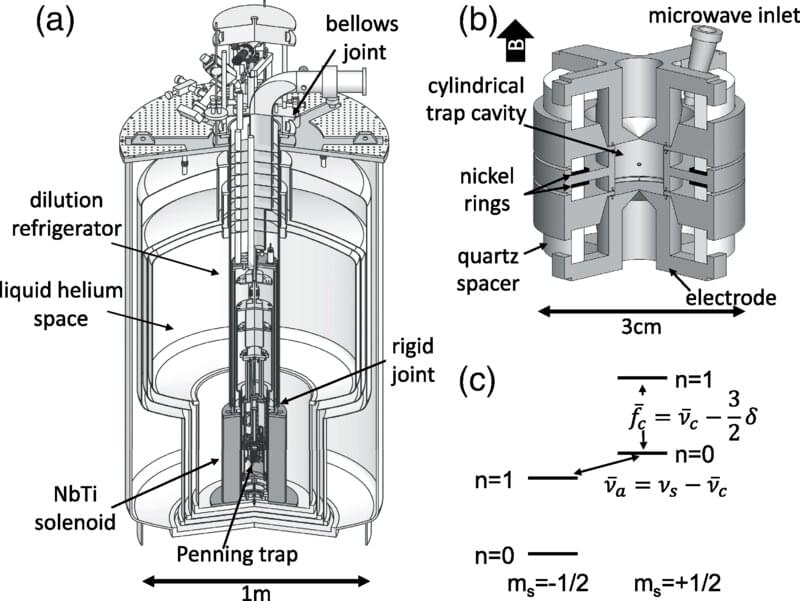
A combined team of physicists from Harvard University and Northwestern University has found the most precise value yet for the magnetic moment of an electron. In their paper published in the journal Physical Review Letters, the group describes the methods they used to measure properties of an electron and implications of the new precision.
The magnetic moment of an electron, also known as the electron magnetic dipole moment, results from its electric and spin properties. Of all the elementary properties that have been studied, it is the one that has been the most precisely measured, and also the most accurately verified.
Measuring the magnetic moment of an electron to ever higher standards of accuracy is important because physicists believe that at some point, such measurements will help to complete the standard model of physics. In this new effort, the research group has measured the magnetic moment to a precision twice that of any other effort—the last best effort was 14 years ago.
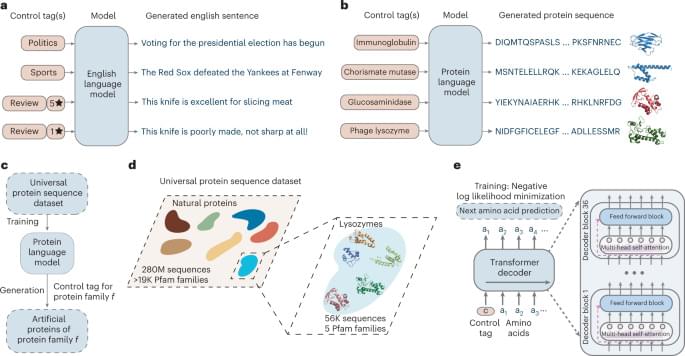

Black holes are bizarre things, even by the standards of astronomers. Their mass is so great, it bends space around them so tightly that nothing can escape, even light itself.
And yet, despite their famous blackness, some black holes are quite visible. The gas and stars these galactic vacuums devour are sucked into a glowing disk before their one-way trip into the hole, and these disks can shine more brightly than entire galaxies.
Stranger still, these black holes twinkle. The brightness of the glowing disks can fluctuate from day to day, and nobody is entirely sure why.
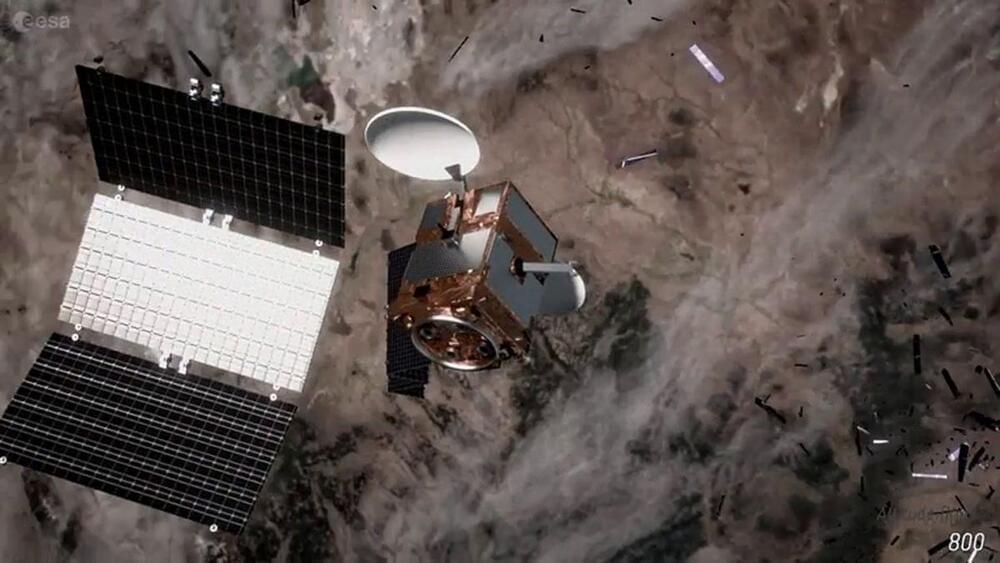
The space around our planet is getting cluttered. Thousands of satellites and millions of out-of-control fragments of space debris hurtle high above our heads, threatening to collide. Here are the objects that experts fear the most.
In just the past month, the goings-on in near-Earth space have twice made headlines and prompted experts to call for action. On Jan. 27, space debris researchers looked on in horror as two huge pieces of space junk — a decades-old upper stage of a Russian rocket and a long-defunct Russian satellite — came within 20 feet (6 meters) or so of each other. The incident, described as a close call “worst case scenario,” could have spawned thousands of dangerous debris fragments that would have stayed in orbit for centuries. Then, a report released on Feb. 6 revealed that in early January a mysterious Russian satellite broke apart into 85 fragments large enough to be tracked from Earth.

David Hilbert was a great leader and spokesperson for the discipline of mathematics in the early 20th Century. But he was an extremely important and respected mathematician in his own right.
Like so many great German mathematicians before him, Hilbert was another product of the University of Göttingen, at that time the mathematical centre of the world, and he spent most of his working life there. His formative years, though, were spent at the University of Königsberg, where he developed an intense and fruitful scientific exchange with fellow mathematicians Hermann Minkowski and Adolf Hurwitz.
Sociable, democratic and well-loved both as a student and as a teacher, and often seen as bucking the trend of the formal and elitist system of German mathematics, Hilbert’s mathematical genius nevertheless spoke for itself. He has many mathematical terms named after him, including Hilbert space (an infinite dimensional Euclidean space), Hilbert curves, the Hilbert classification and the Hilbert inequality, as well as several theorems, and he gradually established himself as the most famous mathematician of his time.